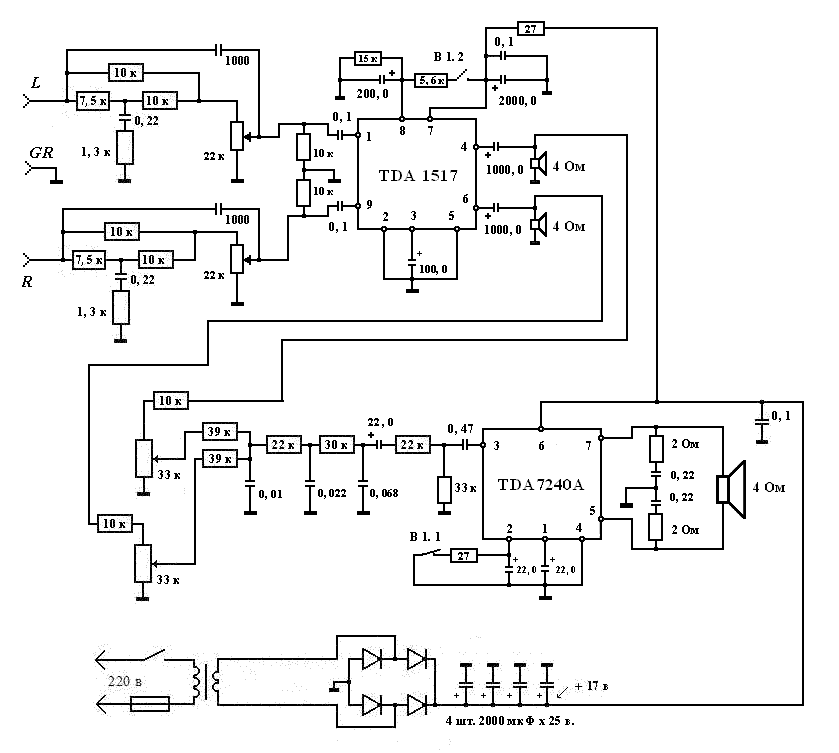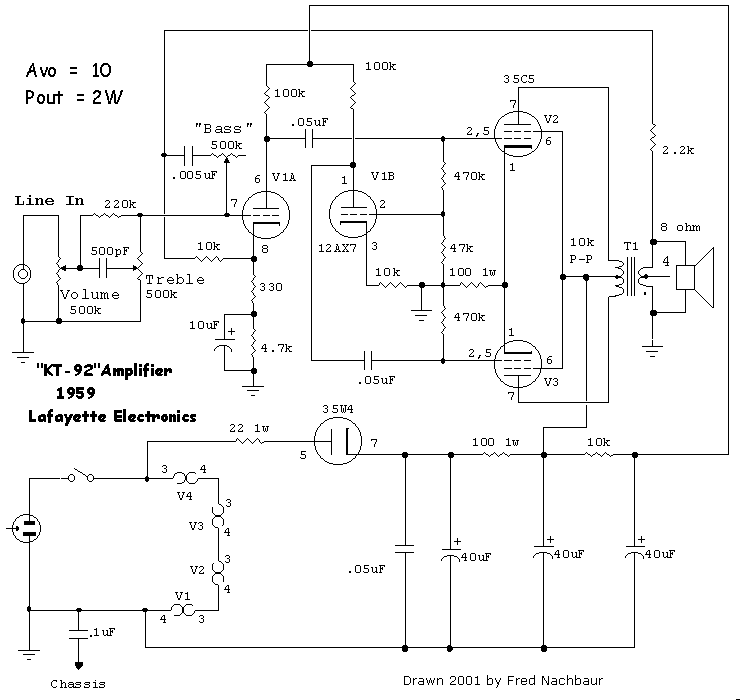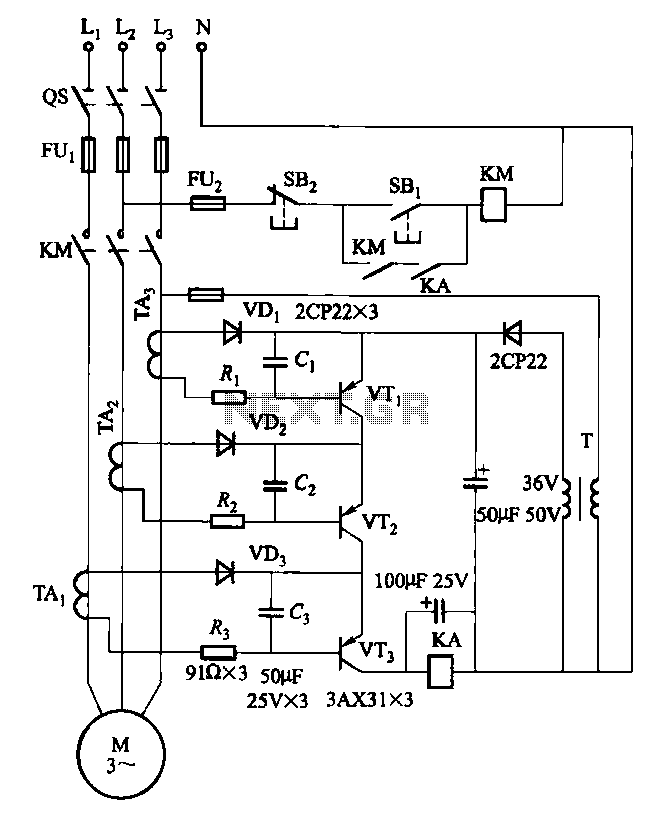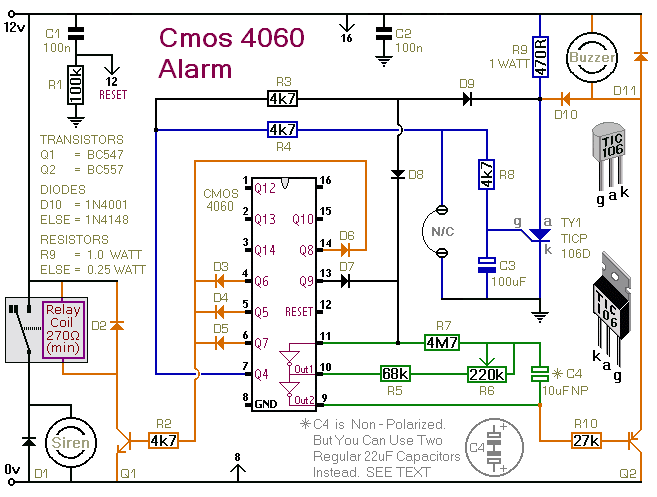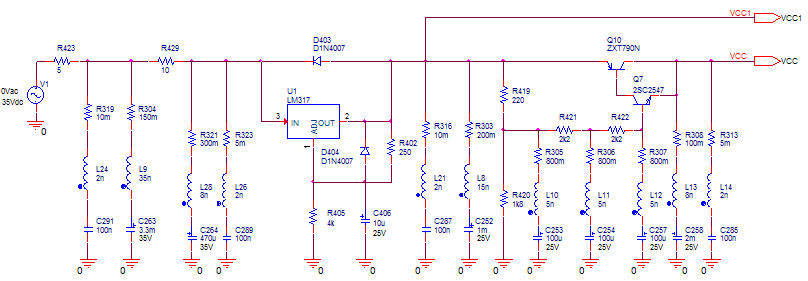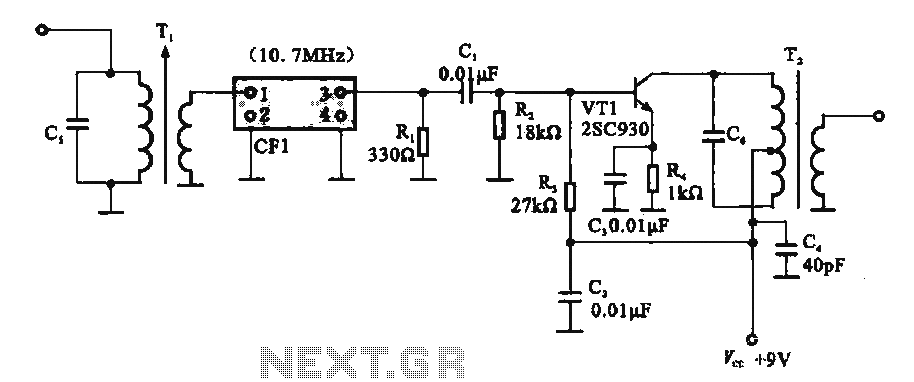
TDA1514 audio amplifier circuit design electronic project
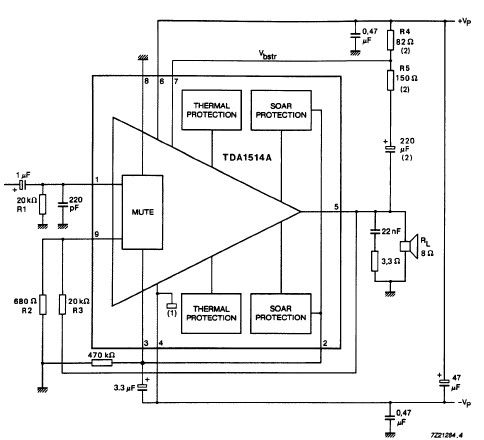
The TDA1514 audio amplifier circuit design is an electronic project capable of delivering high audio power output using a specialized audio integrated circuit (IC) and a few common components. Manufactured by Philips Semiconductor, the TDA1514 audio IC can provide an output audio power of up to 50 W. This amplifier supports 4 or 8-ohm loads and requires minimal external components. It operates within a wide input voltage range from 10 volts to 30 volts and includes several built-in features such as low harmonic distortion, low intermodulation distortion, low offset voltage, good ripple rejection, mute/stand-by facilities, thermal protection, electrostatic discharge protection, very low thermal resistance, and Safe Operating Area (SOAR) protection.
The TDA1514 audio amplifier circuit is designed to deliver high-quality audio performance and efficiency, making it suitable for various applications, including home audio systems, car audio installations, and professional audio equipment. The circuit typically includes the TDA1514 IC as the core component, along with a few passive components such as resistors and capacitors, which are essential for stability and performance optimization.
The amplifier operates by taking an input audio signal and amplifying it to a level suitable for driving speakers. The TDA1514 IC features a built-in differential input stage that helps to minimize noise and distortion, ensuring a clean output. The output stage is configured to drive 4 or 8-ohm speakers, making it versatile for different load requirements.
The wide input voltage range allows the amplifier to be powered by various power supply configurations, making it adaptable to different environments. Built-in features such as thermal protection safeguard the circuit from overheating, while the electrostatic discharge protection enhances the reliability of the device under various conditions.
The circuit can be further enhanced by adding additional components, such as a power supply filter to improve ripple rejection or a feedback network to fine-tune the performance characteristics. Overall, the TDA1514 audio amplifier circuit design represents a robust solution for high-power audio amplification needs, combining efficiency, reliability, and sound quality in a compact form factor.This TDA1514 audio amplifier circuit design electronic project is capable to provide a high audio power output using a specialized audio IC and other few common components. The TDA1514 audio IC is manufactured by Philips Semiconductor and is capable to provide an output audio power up to 50 W.
TDA1514 50W audio amplifier supports 4 or 8 ohms loa ds and require few external components. This 50W audio amplifier support a wide input voltage range from 10 volts up to 30 volts and it has many other build in features like : low harmonic distortion, low intermodulation distortion, low offset voltage, good ripple rejection, mute/stand-by facilities, thermal protection, protected against electrostatic discharge, very low thermal resistance, Safe Operating Area (SOAR) protection. 🔗 External reference
The TDA1514 audio amplifier circuit is designed to deliver high-quality audio performance and efficiency, making it suitable for various applications, including home audio systems, car audio installations, and professional audio equipment. The circuit typically includes the TDA1514 IC as the core component, along with a few passive components such as resistors and capacitors, which are essential for stability and performance optimization.
The amplifier operates by taking an input audio signal and amplifying it to a level suitable for driving speakers. The TDA1514 IC features a built-in differential input stage that helps to minimize noise and distortion, ensuring a clean output. The output stage is configured to drive 4 or 8-ohm speakers, making it versatile for different load requirements.
The wide input voltage range allows the amplifier to be powered by various power supply configurations, making it adaptable to different environments. Built-in features such as thermal protection safeguard the circuit from overheating, while the electrostatic discharge protection enhances the reliability of the device under various conditions.
The circuit can be further enhanced by adding additional components, such as a power supply filter to improve ripple rejection or a feedback network to fine-tune the performance characteristics. Overall, the TDA1514 audio amplifier circuit design represents a robust solution for high-power audio amplification needs, combining efficiency, reliability, and sound quality in a compact form factor.This TDA1514 audio amplifier circuit design electronic project is capable to provide a high audio power output using a specialized audio IC and other few common components. The TDA1514 audio IC is manufactured by Philips Semiconductor and is capable to provide an output audio power up to 50 W.
TDA1514 50W audio amplifier supports 4 or 8 ohms loa ds and require few external components. This 50W audio amplifier support a wide input voltage range from 10 volts up to 30 volts and it has many other build in features like : low harmonic distortion, low intermodulation distortion, low offset voltage, good ripple rejection, mute/stand-by facilities, thermal protection, protected against electrostatic discharge, very low thermal resistance, Safe Operating Area (SOAR) protection. 🔗 External reference
